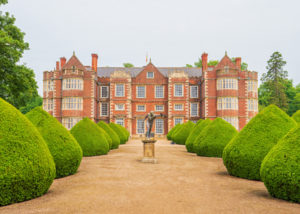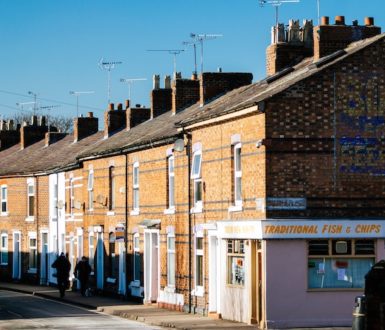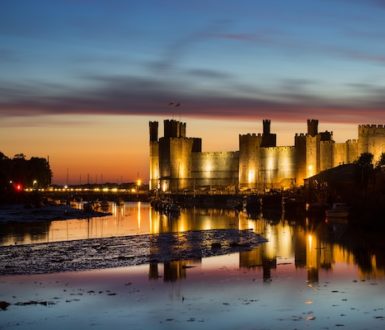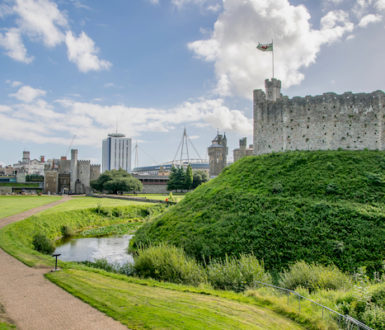Landowning families dominated society for hundreds of years

The British countryside has many large houses, but what is their history?
It starts in Anglo-Saxon times, over 1,000 years ago. At that time, people lived in ‘manors’. A manor was more than a village – it included houses, church, shared grassland, farmland and woodland. The ‘lord of the manor’ would live in a manor house, a large house that was also the administrative centre of the area. A similar system continued after the Norman invasion in 1066CE. Many lords with a manor house built a new, bigger house as fashions changed and Britain became more peaceful, especially after 1485.
Over time, other people became rich as well. This might have been because of gifts from the monarch or through business. This was especially true during colonial times and the Industrial Revolution. It is estimated that 15% of country houses sold during the 1600s and 1700s had a link to colonial trade, much of which involved slavery. But while becoming wealthy through business would make you a ‘gentleman’, it was not enough to get elite status. Before 1832, only landowners were allowed to vote. Most professional people rented their homes and there was the risk that future generations would not be so financially secure.
The answer was to become part of the ‘landed gentry’. This meant buying a large country estate – farmland, woodland, even whole villages. The people who lived there would pay rent and do the work, providing money for the landowner. Anyone who was able to achieve this would build a big house (or several) to prove their wealth. Mixing and marrying with other landowning families secured the wealth, status and power for future generations.
It was not so good for everyone else. Even by 1900, only 10% of people owned land. Most people had few options: stay and work for their landowner, or move to an industrial job in a city. They were dependent on the landowner to provide services. Some were kind and generous. Many were not. Although it is easy to have a romantic view of country house life, the reality for most people was far from the elegance seen in historical TV and film dramas.
Rural life was centred on large country houses for nearly 900 years, but ended after 1900. This was partly because of a new tax system and partly because of the death of many landowners (or their sons) during World War I. About 1,500 country houses have been demolished since then. Most of the houses that remain no longer own large amounts of surrounding land. Although some are still private homes, many others have been converted into flats or are used as hotels. Others have been given to the National Trust and can be visited.
Despite these changes, there is still an upper class elite. In the book ‘Who Owns England?’ by Guy Shrubsole published in 2019, it is estimated that aristocratic landowners (less than 1% of the population) own at least 30% of all land in England. All homeowners combined have about 5%.
Common terms:
- A ‘country house’ is any medium or big house in the countryside.
- A ‘manor house’ was historically the house of a lord
- A ‘stately home’ is a grand house built for a rich family with lots of land.
- Sometimes these houses are known as a ‘country pile’.
Image: Stuartan/Dreamstime



